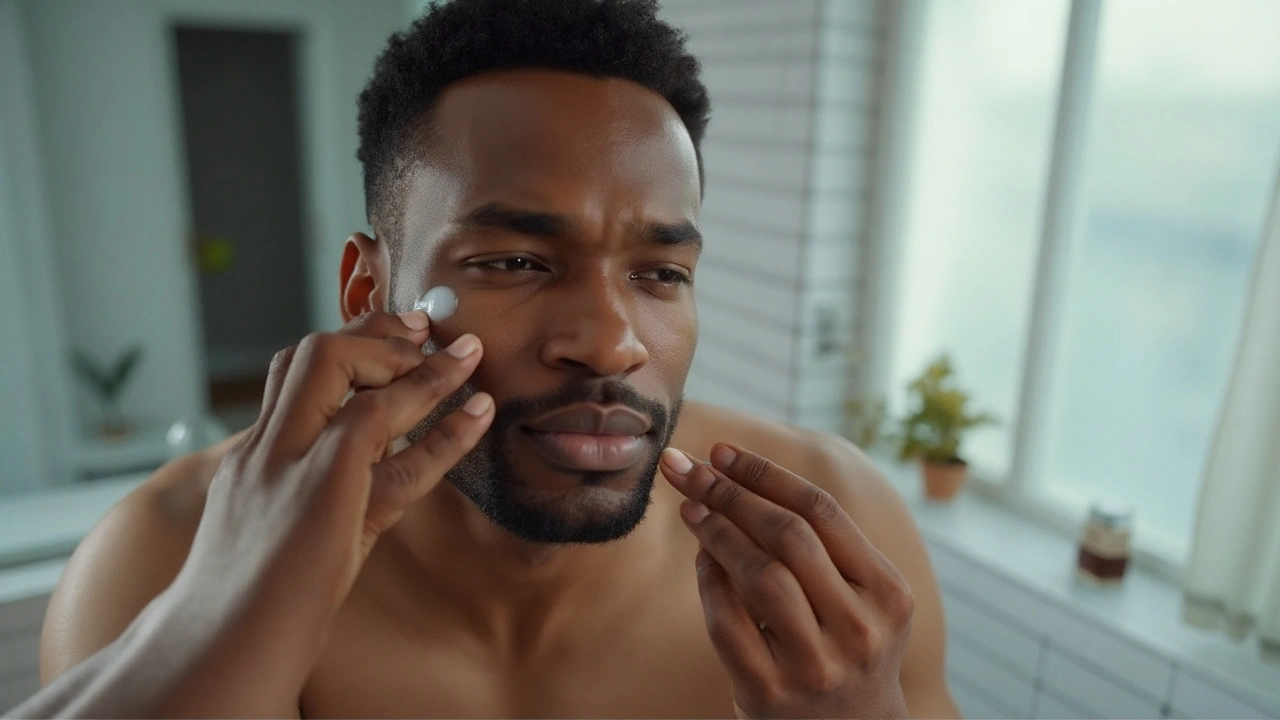Allantoin for Razor Burn: Fast Relief & Healing
Got that uncomfortable sting after shaving? You’re not alone. Razor burn is a common fallout of a close shave, but the good news is you don’t have to live with it. One ingredient that many skin‑care fans swear by is allantoin. It’s cheap, gentle, and works fast.
How Allantoin Works
Allantoin is a natural compound found in plants like comfrey and in the urine of some animals. In skin‑care it acts like a repair crew. It softens the outer layer, encourages new cell growth, and reduces inflammation. Think of it as a tiny builder that patches up the tiny cuts and irritation razor blades cause.
Because it’s non‑irritating, you can apply it right after you finish shaving. It doesn’t sting, doesn’t clog pores, and actually helps the skin retain moisture, which is key for preventing that red, itchy feel.
Best Ways to Use Allantoin After Shaving
Most over‑the‑counter gels and creams contain 0.5% to 2% allantoin. That range is enough for razor burn without being wasteful. Dab a pea‑size amount on the shaved area while the skin is still slightly damp – the moisture helps lock in the ingredient.
If you prefer a DIY route, you can buy pure allantoin powder and mix it into a carrier like aloe vera gel or a fragrance‑free moisturizer. A simple mix of 1 gram of allantoin per 100 ml of gel gives you roughly a 1% solution, which is perfect for daily use.
Pairing allantoin with other soothing agents boosts the effect. Look for products that also have aloe, chamomile, or panthenol. These additives calm the skin and add extra hydration, making the post‑shave routine feel like a mini‑spa.
Don’t forget the basics: use a sharp blade, shave in the direction of hair growth, and rinse with cool water before applying the allantoin product. A clean shave reduces the amount of irritation you’re trying to heal in the first place.
When choosing a ready‑made product, read the label. Anything that lists allantoin high on the ingredient list (inside the first five) will deliver a noticeable benefit. Brands often market these as “after‑shave balms” or “post‑shave gels.”
To keep razor burn at bay, you can also prep your skin with a light coat of oil (like coconut or jojoba) before shaving. It gives the blade a smoother glide and reduces friction, meaning less need for heavy post‑shave treatment.
Bottom line: if you’re battling razor burn, add an allantoin‑rich product to your routine. It’s cheap, easy to find, and works quickly. Your skin will thank you with less redness, smoother texture, and a faster return to the razor‑free zone.
Allantoin for Razor Burn: Prevent, Soothe, and Heal Irritated Skin (2025 Guide)
Allantoin calms razor burn. Learn how it works, the right % to use, step‑by‑step routines to prevent bumps, and safer product picks for sensitive skin.
Learn more...